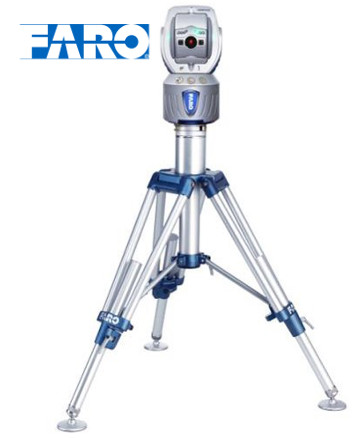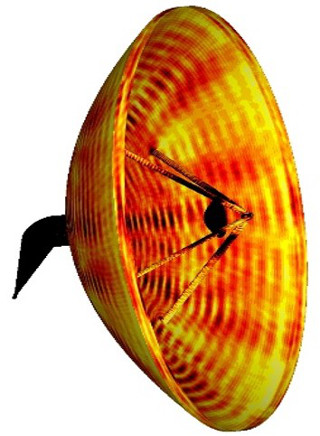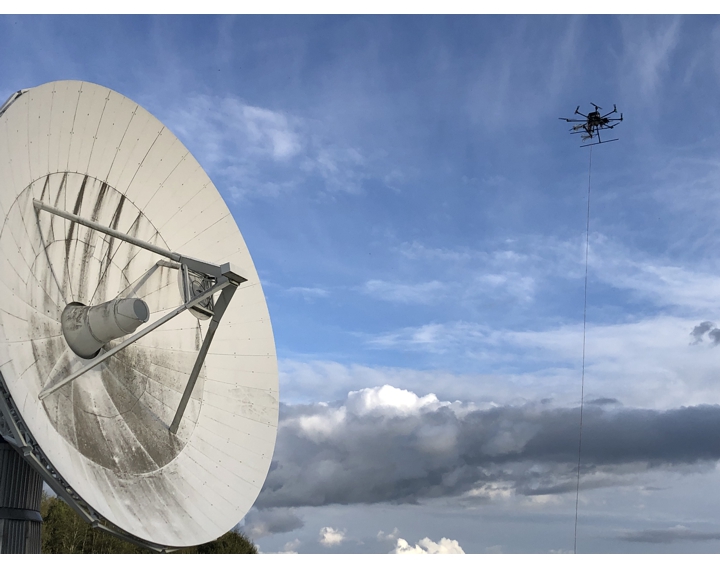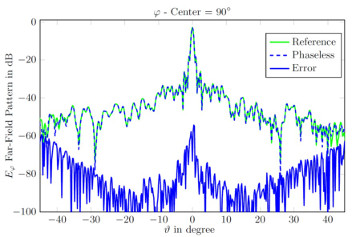UAV-Based Electromagnetic Field Measurements
The monitoring and recording of electromagnetic fields becomes more and more important in order to validate the appropriate functioning of communication, navigation, and measurement systems. If possible the antennas of such systems are measured in specialized antenna measurement chambers with accurate positioning systems and absorbers for echo suppression. Often, the antennas are too large for measurments in anntenna chambers or it might be necessary to measure the electromagnetic fields directly in the operational environment in order to diagnose malfunctioning or distortions due to the environment.
For such purposes, UAV based electromagnetic field measurements are an ideal solution.
At the Chair of High-Frequency Engineering, we work in several projects on accurate coherent electromagnetic field measurements by utilizing UAV-based measurement platforms. Our primary goal is to deliver coherent near-field measurement solutions, which allow to perform field transformation, e.g., from the near field to the far field or from the near field to other near-field locations as for instance very close to the antenna. Such measurement solutions are very challenging, because it is required to determine not only the magnitudes of the fields, but also their phases. Also, the positions of the measurement samples must be known very accurately. Since very many measurement samples must be collected on large measurement surfaces, it is moreover necessary to have a fully automatic flight and measurement control system.

For the accurate determination of the masurement positions, we work with a laser tracker from FARO and the data transfer between the UAV and the ground station is performed by fibre optical links.
Once the measurement data is available, the field transformations to the far field and to the antennas are performed by the Fast Irregular Antenna Field Transformation Algorithm (FIAFTA), which has evolved from extensive research and development activities during the past more than ten years and which has proven accurate and reliable in many measurement campaigns.

Simulated surface current distribution at 1.1 GHz on the 25 m Cassegrain reflector antenna of the no more active Raisting antenna 1.
Our next measurement projects will be measurements of the instrument landing system (ILS) and of the Doppler Very High Frequency Omnidirectional Radio Range (DVOR) on an airport as well as of a large ground station antenna for satellite communication. In parallel, we work continuously on the improvement of the corresponding field transformations for coherent and phaseless signals.

